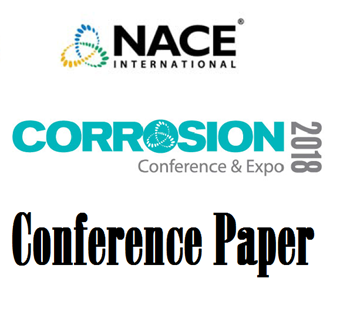Search
Products tagged with 'machine learning'
View as
Sort by
Display
per page
51318-11233-Cyclic Oxidation Behavior of Ni-Cr Alloys in Wet Air
Product Number:
51318-11233-SG
Publication Date:
2018
$20.00
A Prediction of Corrosion-related Leakage on Distribution Pipelines via Machine Learning Method
Product Number:
51323-18972-SG
Publication Date:
2023
$20.00
Analysis and Monitoring of Welded Carbon Steel Corrosion in Aqueous Solutions Using Electrochemical Noise and Wavelet Analysis
Product Number:
51324-21243-SG
Publication Date:
2024
$40.00
Application of Artificial Intelligence in Corrosion Management
Product Number:
51324-20711-SG
Publication Date:
2024
$40.00
Applying Machine Learning Techniques To Identify And Predict Behavior Of Rectifier And Groundbed State Change
Product Number:
51322-17833-SG
Publication Date:
2022
$20.00
Combination Of High Ph SCC And Near Neutral Ph SCC Models Using Bayesian Networks
Product Number:
51322-17851-SG
Publication Date:
2022
$20.00
Corrosion Risk Prediction Based On Offshore Pipeline Service Database And Machine Learning
Product Number:
51322-17711-SG
Publication Date:
2022
$20.00
Data-Driven Machine Learning Techniques Case Study for Corrosion Depth Prediction in Facilities Station Piping
Product Number:
51323-18927-SG
Publication Date:
2023
$20.00
Datascience To Enhance Pipeline Maintenance
Product Number:
51322-17508-SG
Publication Date:
2022
$20.00
Development of Corrosion Severity Assessment Algorithms Using Environmental Monitoring Sensors in Naval Aviation Environments
Product Number:
51324-20663-SG
Publication Date:
2024
$40.00
Environmental Exposure Profiles for Atmospheric Corrosion
Product Number:
51323-19416-SG
Publication Date:
2023
$20.00












